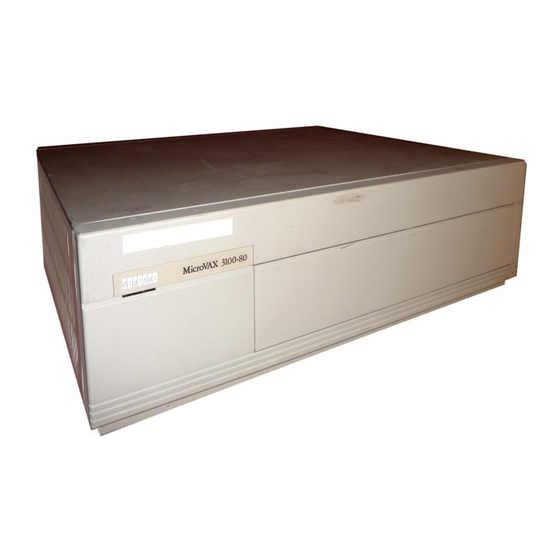
Table of Contents
Advertisement
MicroVAX 3100
Model 40 and Model 80
Troubleshooting and Diagnostic
Information
Order Number: EK-A0518-TM.001
October 1991
This manual describes the troubleshooting procedures and diagnostic
commands that you can use to solve basic problems with the MicroVAX
3100 Model 40 and Model 80 systems.
This is a new manual.
Revision Information:
Digital Equipment Corporation
Maynard, Massachusetts
Advertisement
Table of Contents
Troubleshooting





Need help?
Do you have a question about the MicroVAX 3100 40 and is the answer not in the manual?
Questions and answers